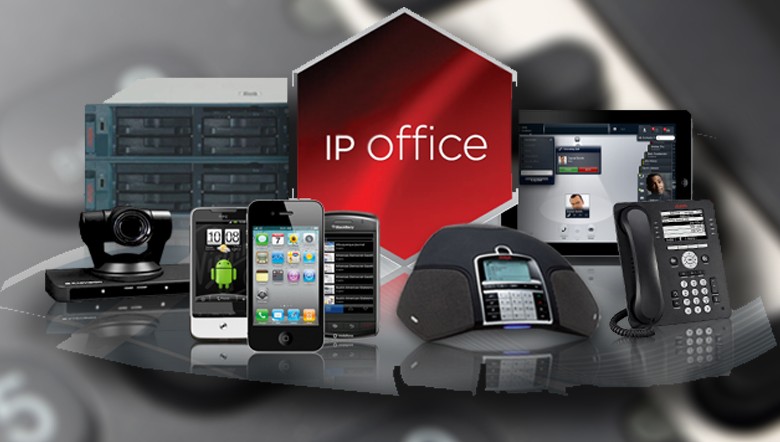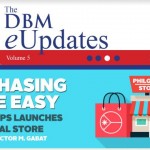Companies throughout the nation are now utilizing loyalty programs more often than ever before. These organizations understand the importance of retaining existing customers and choose to implement a system directed specifically at building customer loyalty.
What exactly is a loyalty program, then? While the specifics of each program may differ, the premise remains the same: a loyalty program is a marketing system instituted by a business that rewards purchasing behavior, thus increasing the customer’s urge to stay loyal to the company. A loyalty program may offer convenience, store credit, prizes, or any other benefit that would entice the loyalty of a customer.
Of course, like all other marketing efforts, a well-crafted loyalty program requires resources that may currently be allocated towards other endeavors. If you have not yet implemented a loyalty program in your marketing strategy, or are unsure about its efficacy, consider the following eight reasons why a loyalty program may be a worthwhile option for you.
1. It Has Been Proven to Boost Growth
Of course, each type of loyalty program may yield wildly different results, but as a marketer, you should never overlook the fact that loyalty programs have been tested time and time again, and have proven to be successful in numerous industries.
In fact, the “growth hacker” movement, a recent collection of marketing gurus and regular business owners whose sole aim is the growth of the company, began by using loyalty programs as their traditional model to expand a company. These individuals allocated all of their energy towards growing their business, and saw customer loyalty as one of the easiest ways to ensure this outcome.
2. Loyalty Programs Are Not As Expensive As You May Think
When some marketers think of loyalty programs, they begin to imagine a large portion of existing resources being funneled away into a program that may or may not see success.
In reality, however, pursuing new customers is the true cost burden; a February 2013 articlein Forbes asserts that keeping an existing customer is 7 times less expensive than acquiring a new one. Thus, even the resources you utilize in a loyalty program will most likely pale in comparison to the expense of finding new buyers.
Furthermore, depending on the scope of your rewards program, the slight expenses you incur by instituting a loyalty rewards program may be overshadowed by the additional business generated as a result.
3. Boost Your Reputation
Loyalty programs serve a dual function: to incentivize new clients to stick around after purchasing your goods and services, and to ensure that existing loyal clients still feel as if they are valued by your operation.
Of course, by instituting a loyalty program, you not only improve customer appreciation of your business, but you also increase the chances that existing clients will share this joy with those close to them. The more a customer feels appreciated by a business, the more he or she is likely to support that company and recommend it to others. This, in turn, carries on in a word-of-mouth cyclical nature that continues to achieve growth for your business.
4. Increase Sales By Including Enticing Awards
Marketers and business owners enjoy loyalty programs because they have the ability to improve customer retention for a specific operation. Customers appreciate loyalty programs, however, because they often provide added incentives for making a purchase, with the rewards increasing linearly (or even exponentially) with more purchases, or depending on the size or scope of the item purchased.
Because of this, using a loyalty rewards program in your marketing strategy will help provide you with access to a bigger portion of your customers’ wallets.
This will only occur, though, if the rewards you offer are in tune with the wants and needs of the customers who frequent your business. It is important to point out that not all loyalty rewards programs are the same, and only one that is executed skillfully will have the desired effect.
Your rewards program could entice customers to purchase more at a given time, but only if the incentives you give out are worth it.
5. It Provides Vital Market Research
According to Troy Ireland, CEO of the SEO agency Digital Current:
Understanding the purchasing behavior of a specific demographic is one of the most important sets of research data available to marketers. To develop a strategic plan to present your products in a way that produces the most optimal buying behavior, one needs to understand what the target audience avoids as much as what triggers them to spend their money.
By offering a loyalty rewards program, you are conducting a form of research that will provide you with similar information about your customers. Through trial and error, you will begin to see the sort of incentives that fuel the desire of your clients, and the rewards that don’t elicit the same results.
This allows you to hone in on specific rewards that are most appreciated. Using this information, you can also attach the most sought after rewards to specific products that you are most interested in sharing with your clients.
6. It Makes Customers Happy
Sure, the benefits you offer in your loyalty rewards program may not have any effect on the goods or services that you offer your customers each and every day. That being said, your initiative of providing additional rewards for your most loyal customers sets your business apart from other, non-participating companies.
By implementing a loyalty rewards program, you are sending a message to your current and future client base that you are interested in not only making money off of purchases, but also in a relationship with customers that is mutually beneficial. You sell goods and services, although you attach benefits solely for the benefit of the customer.
This act of goodwill will improve the overall outlook of your customers, which will ultimately have a positive impact on your business.
7. You Can Provide In-Store Or Digital Rewards (Or Both)
One of the most beneficial parts of loyalty rewards systems, for both the customers and the business owners, is that, depending on the tactics, the rewards can be applied to purchases made online, in person, or both. This provides you with the chance to offer a robust set of rewards for a broader array of clients.
If you have noticed that most of your sales are to those who shop on the Internet, enhance your online rewards system; conversely, if most of your business is conducted in person, an in-store program may be best suited for you.
Fortunately, according to Retail Expert Francesca Nicasio of VendHQ, “you have the option to take your pick, depending on the needs of your operation and the setup of your merchant processor.”
8. Once It Gets Started, It Stops Being Work
In reality, setting up a rewards system may take some real effort on your part. It requires initial research regarding the preferences of your customers, as well as the scheme that you would like to implement going forward.
That being said, once you have a rewards program set up, it effectively becomes a self-sustaining machine, due to its cyclical nature: the more a client purchases, the more rewards he or she receives, thus inspiring him or her to continue purchasing.
Continuously updating the rewards will keep your customers engaged, but the work it takes to perform this will be overshadowed by the growth your company experiences.
Why It Is Time For You To Set Up A Loyalty Program
It’s no secret anymore that loyalty programs are effective marketing tools. They increase growth, help retain customers, and improve your brand’s reputation. And if you haven’t yet weaved a loyalty program into your marketing strategy, you may be missing out on one of the best and easiest tools available for the success of your business.
Author: Steve Olenski
Source: http://marketingland.com/8-reasons-loyalty-programs-imperative-marketers-109077
read more












